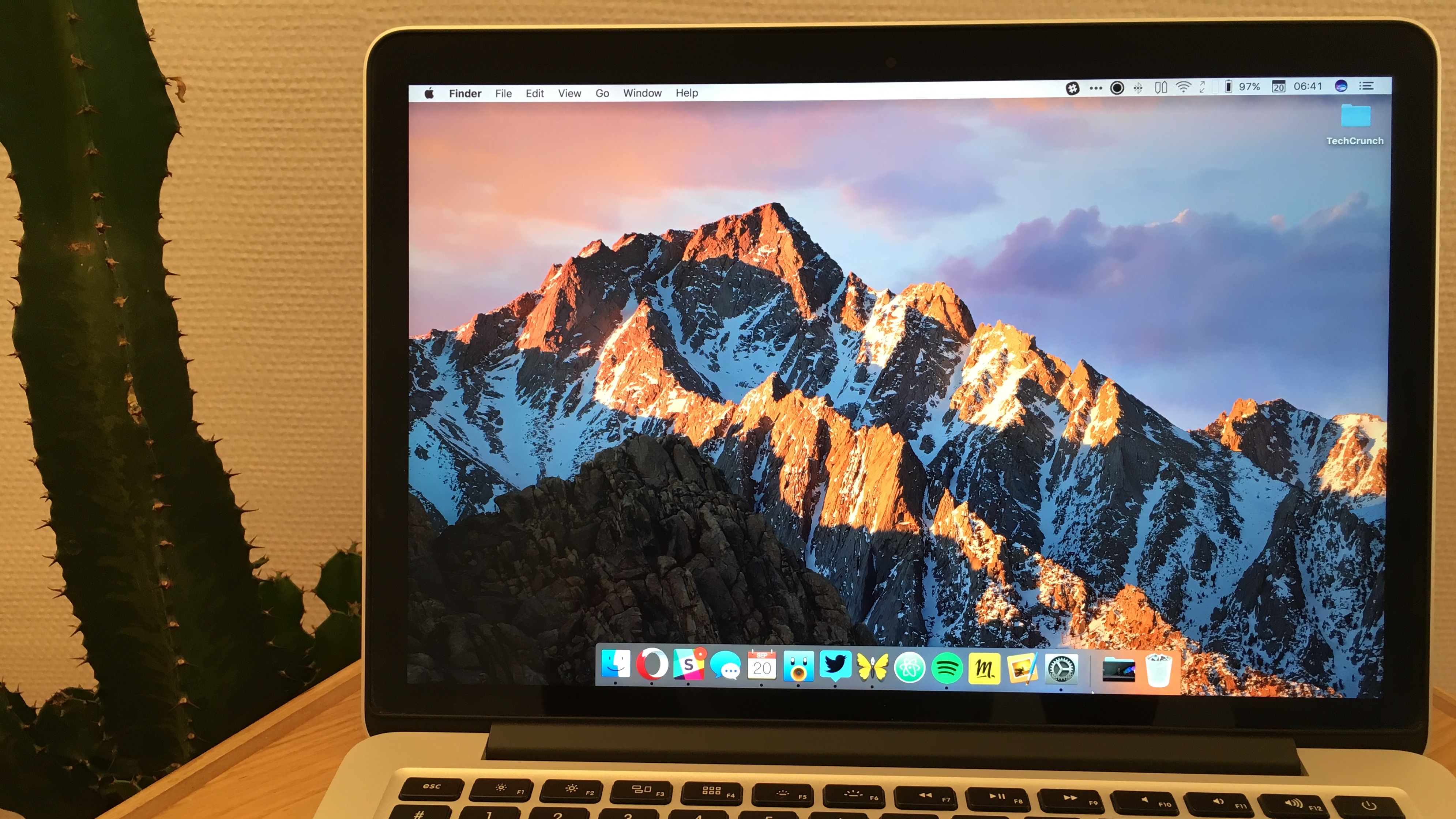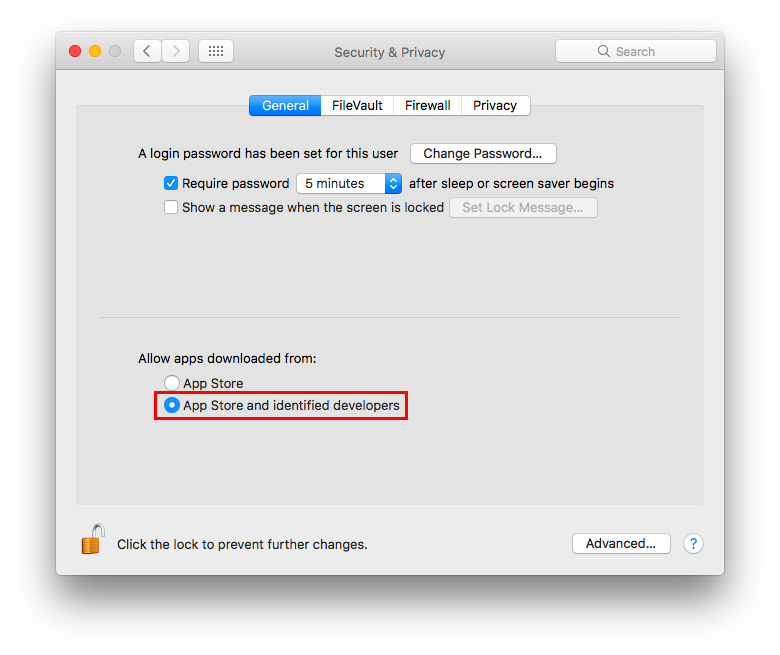

- #MAC MOVE FILES OSSIERRA INSTALL#
- #MAC MOVE FILES OSSIERRA UPDATE#
- #MAC MOVE FILES OSSIERRA ARCHIVE#
- #MAC MOVE FILES OSSIERRA FULL#
Also choose Mailbox > Erase Deleted Items.

#MAC MOVE FILES OSSIERRA INSTALL#
You can install the Universal build, which includes both Intel and Apple silicon builds, or one of the platform specific builds.If you have another storage device, such as an external drive connected to your Mac, you can move files to that device. Media files such as photos and videos can use a lot of storage space, so you can take steps such as these: Yes, VS Code supports macOS Arm64 builds that can run on Macs with the Apple silicon chipsets. Does VS Code run on Apple silicon machines?

Follow the steps in this issue for resolution.
#MAC MOVE FILES OSSIERRA UPDATE#
If VS Code doesn't update once it restarts, it might be set under quarantine by macOS. It is fine to choose Don't Allow since VS Code does not need access to those folders. " This is due to the new privacy protections in Mojave discussed above.
#MAC MOVE FILES OSSIERRA FULL#
Out of the box VS Code adds actions to navigate in editor history as well as the full Debug tool bar to control the debugger on your Touch Bar:Īfter upgrading to macOS Mojave version, you may see dialogs saying "Visual Studio Code would like to access your. Note: Since zsh became the default shell in macOS Catalina, run the following commands to add VS Code to your path: cat > ~/.zprofile # Add Visual Studio Code (code) export PATH=" \$ PATH:/Applications/Visual Studio Code.app/Contents/Resources/app/bin" EOF Touch Bar support Remove the leading slash if you want to run the export command directly in a terminal. Note: The leading slash \ is required to prevent $PATH from expanding during the concatenation. To do so run the following commands: cat > ~/.bash_profile # Add Visual Studio Code (code) export PATH=" \$ PATH:/Applications/Visual Studio Code.app/Contents/Resources/app/bin" EOF Instead of running the command above, you can manually add VS Code to your path, bash_profile (or equivalent) from an early VS Code version, remove it and replace it by executing the Shell Command: Install 'code' command in PATH command. Note: If you still have the old code alias in your. ' in any folder to start editing files in that folder.

Use double-click for some browsers or select the 'magnifying glass' icon with Safari.
#MAC MOVE FILES OSSIERRA ARCHIVE#


 0 kommentar(er)
0 kommentar(er)
